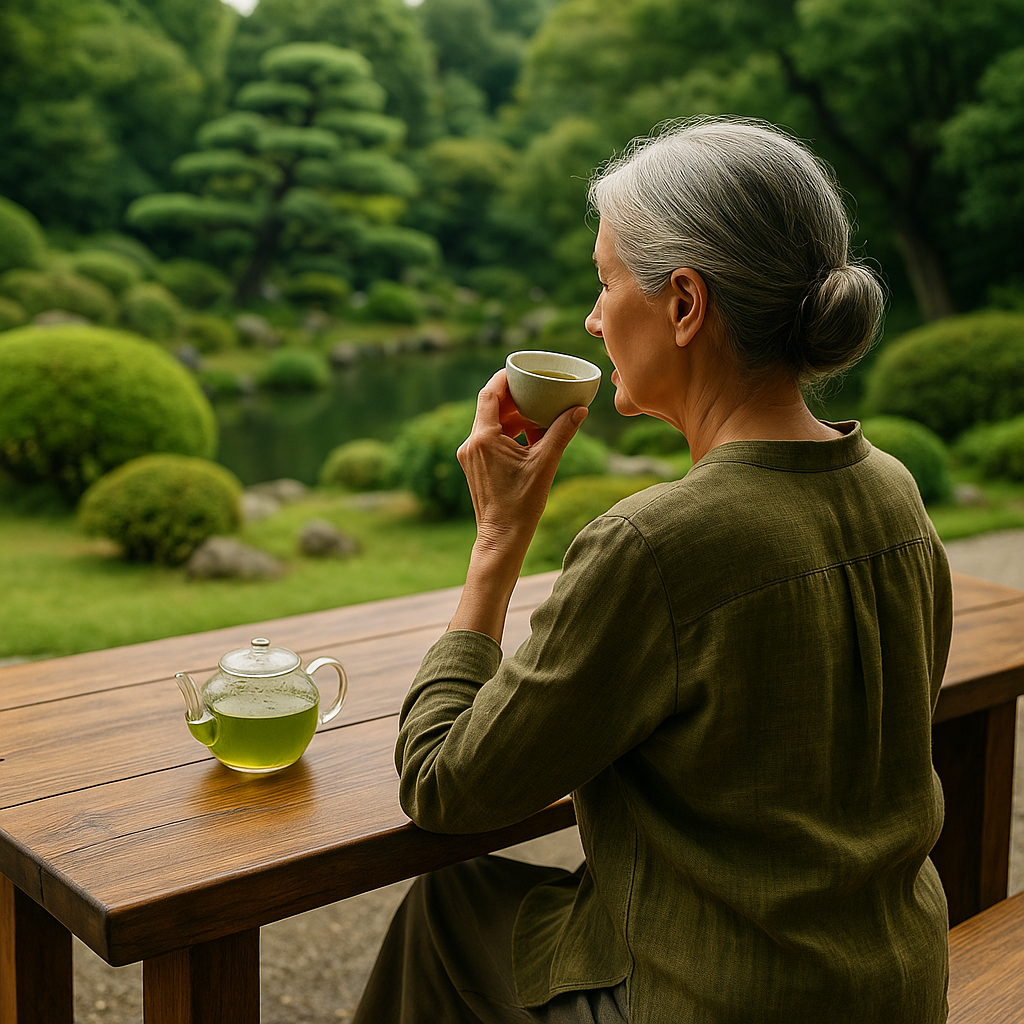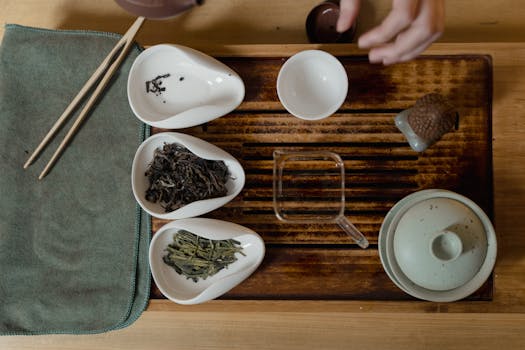Reuse Loose Leaf Tea: 5 Surprising Ways to Reduce Waste and Save
How many times have you enjoyed a warm cup of loose leaf tea, only to toss the used leaves straight into the bin?
If you’re anything like I was, probably more times than you’d like to admit.
But here’s the truth: you can reuse loose leaf tea multiple times—and not just for drinking! With each steep, the leaves release more than just flavor. And once their taste fades? They still have value around your home and garden.
So let’s give those leaves a second life. Here are five practical and sustainable ways to reuse loose leaf tea:
1. Natural Deodorizer: Banish Odors the Tea Way
Did you know that tea leaves absorb odors? That’s why tea should always be stored in airtight containers—far from spices and strong smells. But once you’ve finished your last steep, that same quality becomes useful.
Here’s how to turn used tea leaves into a homemade deodorizer:
- Let the leaves dry completely on a plate or tray to avoid mold.
- Place them in a cheesecloth or muslin bag.
- Add a drop of essential oil (optional), and tuck the bag into your fridge, drawer, shoes, or wardrobe.
It’s an eco-friendly alternative to store-bought air fresheners—and a great way to reuse loose leaf tea without waste.
2. Feed Your Plants With Leftover Tea
Even when tea loses flavor, it’s still full of beneficial nutrients—and your plants will thank you for it.
- After your final steep, let the tea cool fully (no sugar or milk!).
- Use it to water houseplants or garden beds.
Want to get every drop of goodness? You can even boil used tea leaves one last time to extract the remaining nutrients—just let it cool before watering.
For more info on tea and plant care, check out this guide on using tea in compost.
3. Cleaning with Tea: Yes, Really
You might associate tea with stains on cups—but surprisingly, used loose leaf tea can help clean surfaces too.
Try these:
- Greasy dishes: Rub damp tea leaves over greasy pots and pans to help lift oil before washing.
- Cutting boards: Spread damp leaves on your cutting board after chopping meat or fish. Let sit 5–10 minutes to absorb odors, then scrub and rinse.
- Windows and glass: Brew a strong cup of black tea (like Assam or Irish Breakfast), cool it completely, dip in a clean cloth, and wipe your windows or mirrors. Let it dry naturally for a streak-free shine.
You’ll be amazed how well it works.
4. DIY Skincare from Your Teacup
Drinking green or white tea provides antioxidants—but did you know you can reuse loose leaf tea directly on your skin?
Try these simple homemade beauty ideas:
- Brew fresh tea (like Sencha or China Pai Mu Tan) and soak cotton pads for tired eyelids.
- Add cooled tea to your bath for a relaxing, skin-loving soak.
- Create a scrub by mixing moist leaves with honey or yogurt—great for gentle exfoliation.
Avoid using over-steeped tea for skincare—it won’t have many antioxidants left.
5. Mulch, Feed, and Compost for Your Garden
Last but definitely not least—reuse loose leaf tea in your garden:
➤ Watering
Reuse weak or leftover tea (unsweetened) to hydrate plants.
➤ Mulching
Dry the leaves thoroughly and layer 3–4 inches around plant bases. This helps retain moisture, suppress weeds, and regulate soil temperature. Ideal for organic loose leaf teas with no added flavors.
➤ Composting
Used tea leaves are considered a “green” (high nitrogen) material for compost. Mix them into your bin with browns like shredded paper or dry leaves. Aim for a 1:3 ratio of greens to browns.
Learn more about green vs. brown compost layers here.
Final Sip: A Tea Lover’s Path to Zero Waste
When you choose loose leaf tea, you’re already making a more sustainable choice. But with a little creativity, you can go even further—cutting waste, saving money, and supporting your home and garden in the process.
So next time you finish your cup, reuse loose leaf tea. Your plants, skin, windows, and conscience will all thank you.
Want to learn more about your green tea? Read this article.


